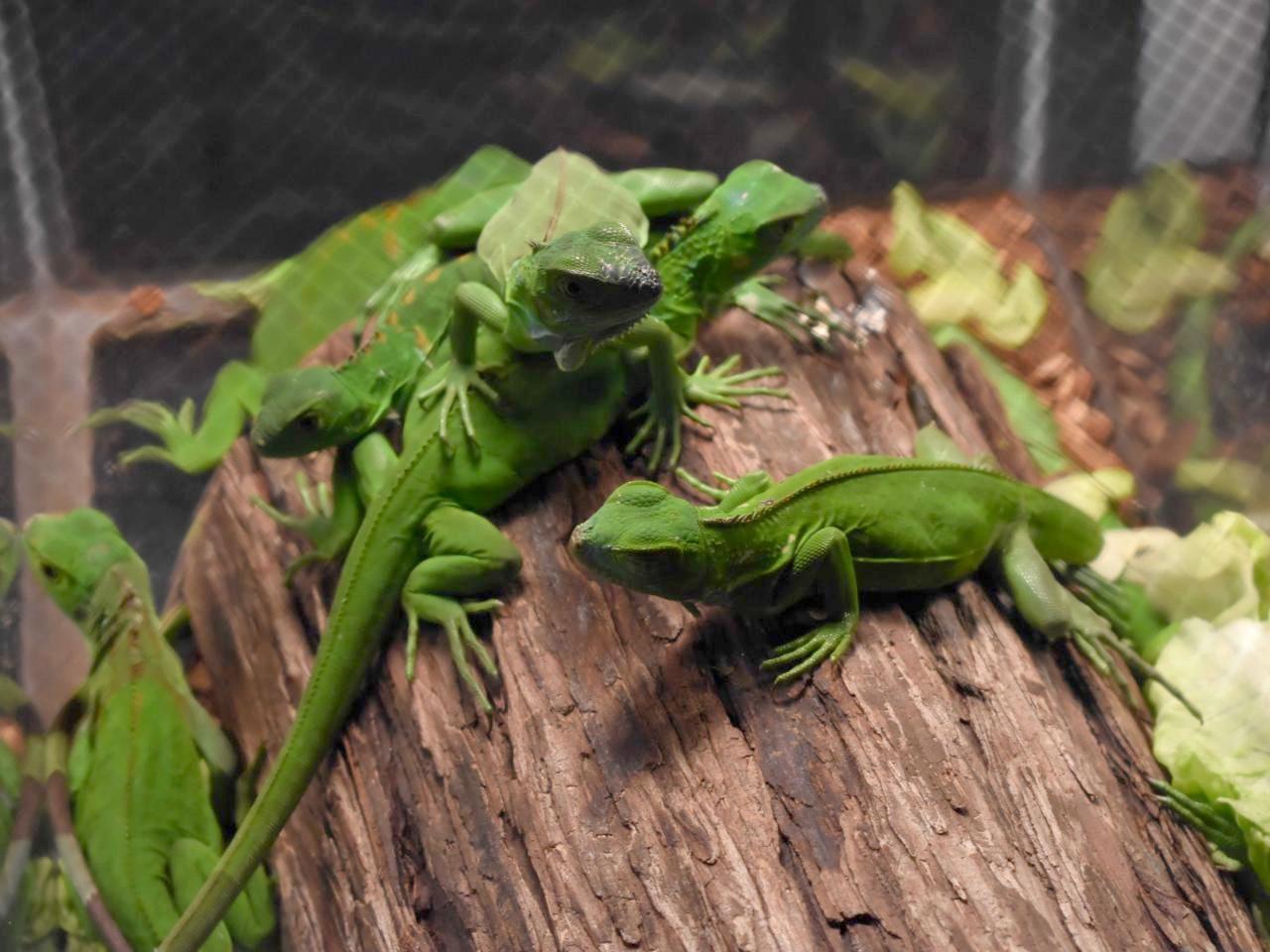When pets become pests: the exotic pet trade producing invasive species
Scientists are learning more about what drives the exotic pet trade to help reduce the threat of new invasive animal and bird species.
Introduced species in Australia and across the world often turn into ‘invasive pests’ which can lead to devastating consequences for biodiversity and agriculture.
A large proportion of recent successful vertebrate animal invasions can be traced to the exotic pet trade. Other causes include the accidental introduction of species such as ‘hitchhiking’ on ships or aeroplanes.
Dynamics of the exotic pet trade

Exotic pets like these, on display at the 2018 Repticon in West Palm Beach, can escape and form invasive communities.
Image courtesy of Adam Toomes.
In this new global study, scientists examined the socioeconomic and socioecological factors that influenced the exotic vertebrate pet trade and the role it plays in the introduction of invasive vertebrate populations across the world.
“The forces that drive the trade vary considerably and depend on the unique economic, social, regulatory, and cultural practices of a particular country or region,” says Phill Cassey, Director of the University of Adelaide’s Centre for Applied Conservation Science.
“We learned that basic market forces appear to be the main impetus for the trade in exotic vertebrates.
“Specifically, a growing global demand for exotic pets, especially in economically emerging countries in South America and Asia.”
Lead author, Julie Lockwood from the Department of Ecology, Evolution, and Natural Resources Rutgers University said the market in exotic pets has grown considerably since the 1970s.
“The volume of vertebrate animals that are traded worldwide is shocking, even to relatively seasoned invasion biologists," says Professor Lockwood.
"In particular, the numbers of reptiles and marine fish have really skyrocketed over the past couple of decades, most of which could easily be traced back to an upsurge in their popularity as exotic pets."
The researchers were surprised at the degree of variability in the global exotic pet market.
"Some species, like goldfish or monk parakeets, have been standard pets for decades, while others only show up in the market for a year or two and then disappear,” Professor Lockwood says.
“But it is not entirely clear what is producing this dynamic, except to note that some species are easy to care for and breed well in captivity, and therefore don't cost much to purchase."
It’s also now simpler than ever before to buy exotic pets online.
“In many countries, a lack of regulatory standards and enforcement, and the growing appeal of owning exotic vertebrates have facilitated the spread of these species from their native homes into many new parts of the world,” Associate Professor Cassey says.
“This increases the chances for potential future invasions.”
With hundreds of thousands of exotic species sold each year, it would only take a small portion to escape or be released by their owners, to be able to form viable wild populations.
As such, the researchers discovered there was a consistent relationship with the number of individuals imported into a country, and the increased likelihood of that species eventually establishing an invasive wild population.
This new research has been published in the Ecological Society of America's journal Frontiers in Ecology and the Environment.
Further reading
- When pets become pests: the role of the exotic pet trade in producing invasive vertebrate animals, Frontiers in Ecology and the Environment.
